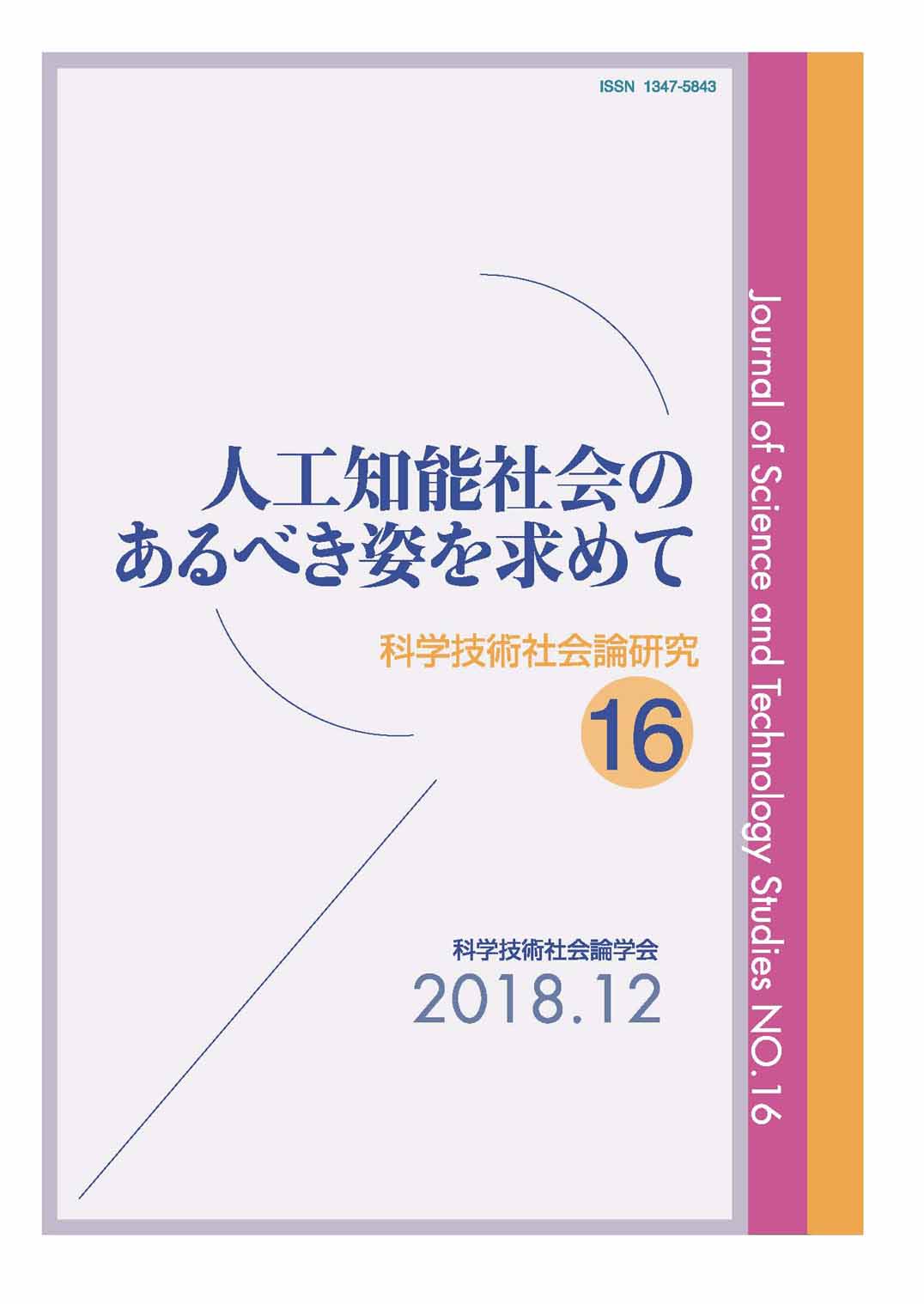Volume 16
Displaying 1-18 of 18 articles from this issue
- |<
- <
- 1
- >
- >|
-
2018 Volume 16 Pages 9-14
Published: December 10, 2018
Released on J-STAGE: February 10, 2020
Download PDF (281K)
Research Note
-
Article type: Research Note
2018 Volume 16 Pages 15-29
Published: December 10, 2018
Released on J-STAGE: February 10, 2020
Download PDF (534K) -
Article type: Research Note
2018 Volume 16 Pages 30-42
Published: December 10, 2018
Released on J-STAGE: February 10, 2020
Download PDF (443K) -
Article type: Research Note
2018 Volume 16 Pages 43-53
Published: December 10, 2018
Released on J-STAGE: February 10, 2020
Download PDF (393K) -
Article type: Research Note
2018 Volume 16 Pages 54-64
Published: December 10, 2018
Released on J-STAGE: February 10, 2020
Download PDF (366K) -
Article type: Research Note
2018 Volume 16 Pages 65-80
Published: December 10, 2018
Released on J-STAGE: February 10, 2020
Download PDF (408K) -
Article type: Research Note
2018 Volume 16 Pages 81-95
Published: December 10, 2018
Released on J-STAGE: February 10, 2020
Download PDF (400K) -
Article type: Research Note
2018 Volume 16 Pages 96-107
Published: December 10, 2018
Released on J-STAGE: February 10, 2020
Download PDF (355K) -
Article type: Research Note
2018 Volume 16 Pages 108-119
Published: December 10, 2018
Released on J-STAGE: February 10, 2020
Download PDF (585K) -
Article type: Research Note
2018 Volume 16 Pages 120-133
Published: December 10, 2018
Released on J-STAGE: February 10, 2020
Download PDF (782K) -
Article type: Research Note
2018 Volume 16 Pages 134-141
Published: December 10, 2018
Released on J-STAGE: February 10, 2020
Download PDF (305K) -
Article type: Research Note
2018 Volume 16 Pages 142-146
Published: December 10, 2018
Released on J-STAGE: February 10, 2020
Download PDF (432K)
-
Article type: Research Note
2018 Volume 16 Pages 147-188
Published: December 10, 2018
Released on J-STAGE: February 10, 2020
Download PDF (1644K)
Article
-
Article type: Article
2018 Volume 16 Pages 191-209
Published: December 10, 2018
Released on J-STAGE: February 10, 2020
Download PDF (475K)
Book Review
-
Article type: Book Reviews
2018 Volume 16 Pages 211-215
Published: December 10, 2018
Released on J-STAGE: February 10, 2020
Download PDF (405K) -
Article type: Book Reviews
2018 Volume 16 Pages 216-220
Published: December 10, 2018
Released on J-STAGE: February 10, 2020
Download PDF (402K)
-
Article type: Reports of the Society
2018 Volume 16 Pages 221-222
Published: December 10, 2018
Released on J-STAGE: February 10, 2020
Download PDF (148K)
-
Article type: A Brief Guide for Authors
2018 Volume 16 Pages 227
Published: December 10, 2018
Released on J-STAGE: February 10, 2020
Download PDF (118K)
- |<
- <
- 1
- >
- >|
